Black Willow Information: How To Grow Black Willow Trees
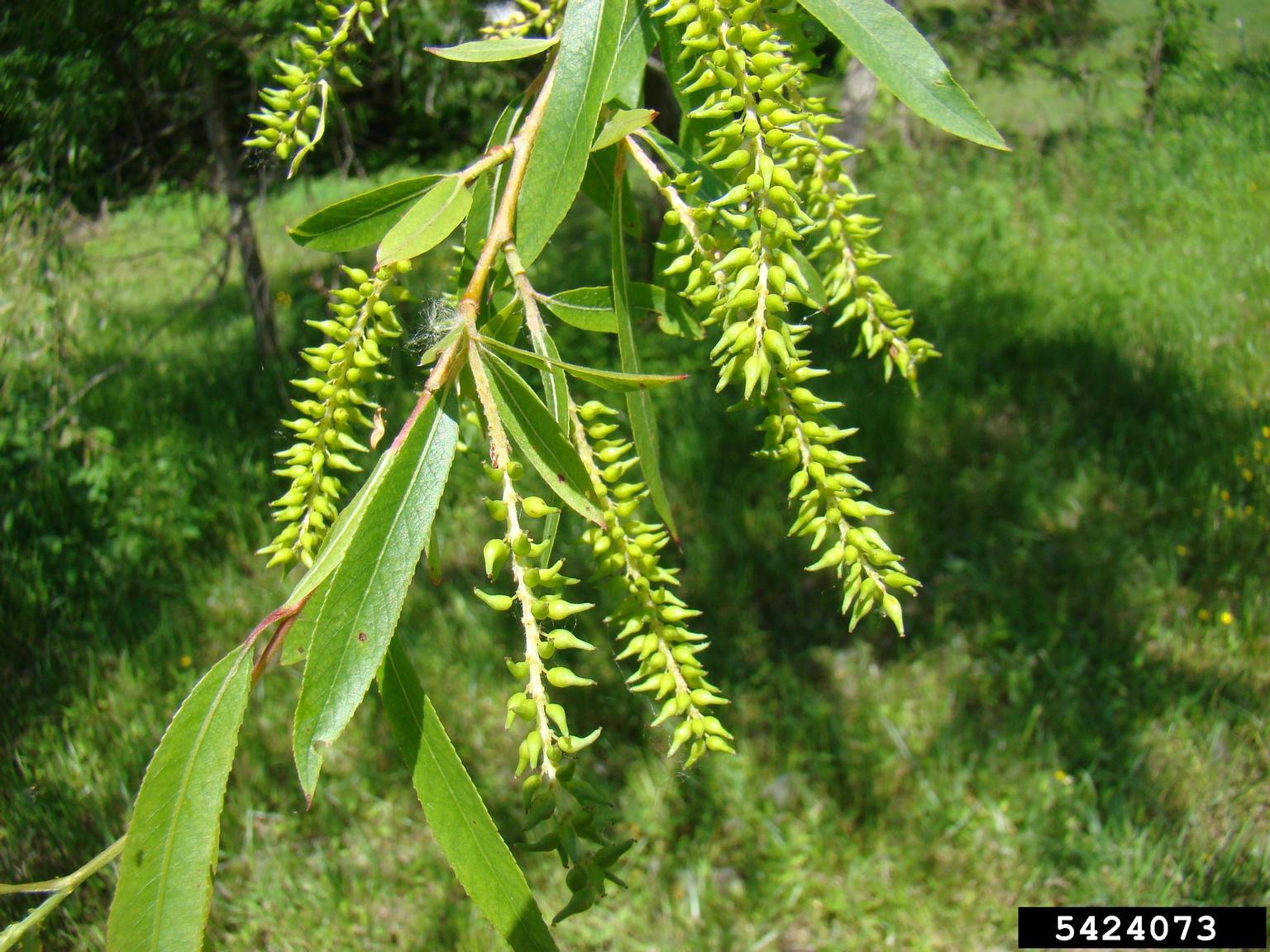

Whether they grow as shrubs or trees, black willow (Salix nigra) are typical willows, with elongated green leaves and slender trunks. If you are growing black willows, you know that the distinguishing feature of this tree is its dark, furrowed bark. For more black willow information, including tips about how to grow black willow trees, read on.
What is a Black Willow?
Not every gardener is familiar with black willow. Black willow trees are typical willows with long, thin leaves that drop in autumn. The leaves are shiny green on the tip and softer green below. Like most willows, black willow flowers are catkins. The flowers are yellow and produce a small reddish brown capsule that contains the small, furry seeds. Black willows can grow to a height of 100 feet (30.5 m.) in the wild. They are native to this country and grow naturally on riverbanks and in flood plains. According to black willow information, cultivated trees often grow as large shrubs or smaller trees. How is it different from other willows? Although black willow foliage is very like other willow tree foliage, the bark is quite different. Many willows have smooth, light gray or brown bark. Not this one. Black willow bark is thick, dark, and deeply furrowed. Wildlife appreciate black willows. Deer and other mammals browse these willows and many use it as shelter. Honeybees are happy for the nectar. Humans use their wood for lumber, furniture, and doors and also plant them as shade trees.
Black Willow Tree Care
If you are wondering how to grow black willow trees, it is really quite easy in the right location. With good black willow care, the trees can shoot up some 4 feet (1 m.) per year. Black willow information tells us that the trees grow in U.S. Department of Agriculture plant hardiness zones 2 through 8, so don’t plan on growing black willows in hot zones. Even with the best of care, the trees will not thrive in heat. That said, you need to plant black willows in a full sun location. The most important rule about how to grow black willow trees is to provide adequate and regular water. Given sun and water, the trees grow without many problems.
Gardening tips, videos, info and more delivered right to your inbox!
Sign up for the Gardening Know How newsletter today and receive a free copy of our e-book "How to Grow Delicious Tomatoes".

Teo Spengler is a master gardener and a docent at the San Francisco Botanical Garden, where she hosts public tours. She has studied horticulture and written about nature, trees, plants, and gardening for more than two decades. Her extended family includes some 30 houseplants and hundreds of outdoor plants, including 250 trees, which are her main passion. Spengler currently splits her life between San Francisco and the French Basque Country, though she was raised in Alaska, giving her experience of gardening in a range of climates.
-
 Looking For Plants To Give You The Soft And Fuzzies? Try These 5 Fuzzy Leaf Plant Options
Looking For Plants To Give You The Soft And Fuzzies? Try These 5 Fuzzy Leaf Plant OptionsLovers of texture, drama, silver foliage and tactile plants will adore these special sensory garden additions. These fuzzy leaf plant options will leave you all aglow
By Susan Albert
-
 Get Ready For A Summer Of Hummers! Grow These Full Sun Hummingbird Plants and Flowers
Get Ready For A Summer Of Hummers! Grow These Full Sun Hummingbird Plants and FlowersIf you’re lucky enough to enjoy a sunny backyard, make sure you are maxing out on your pollinator opportunities and grow these full sun hummingbird plants and flowers
By Tonya Barnett
-
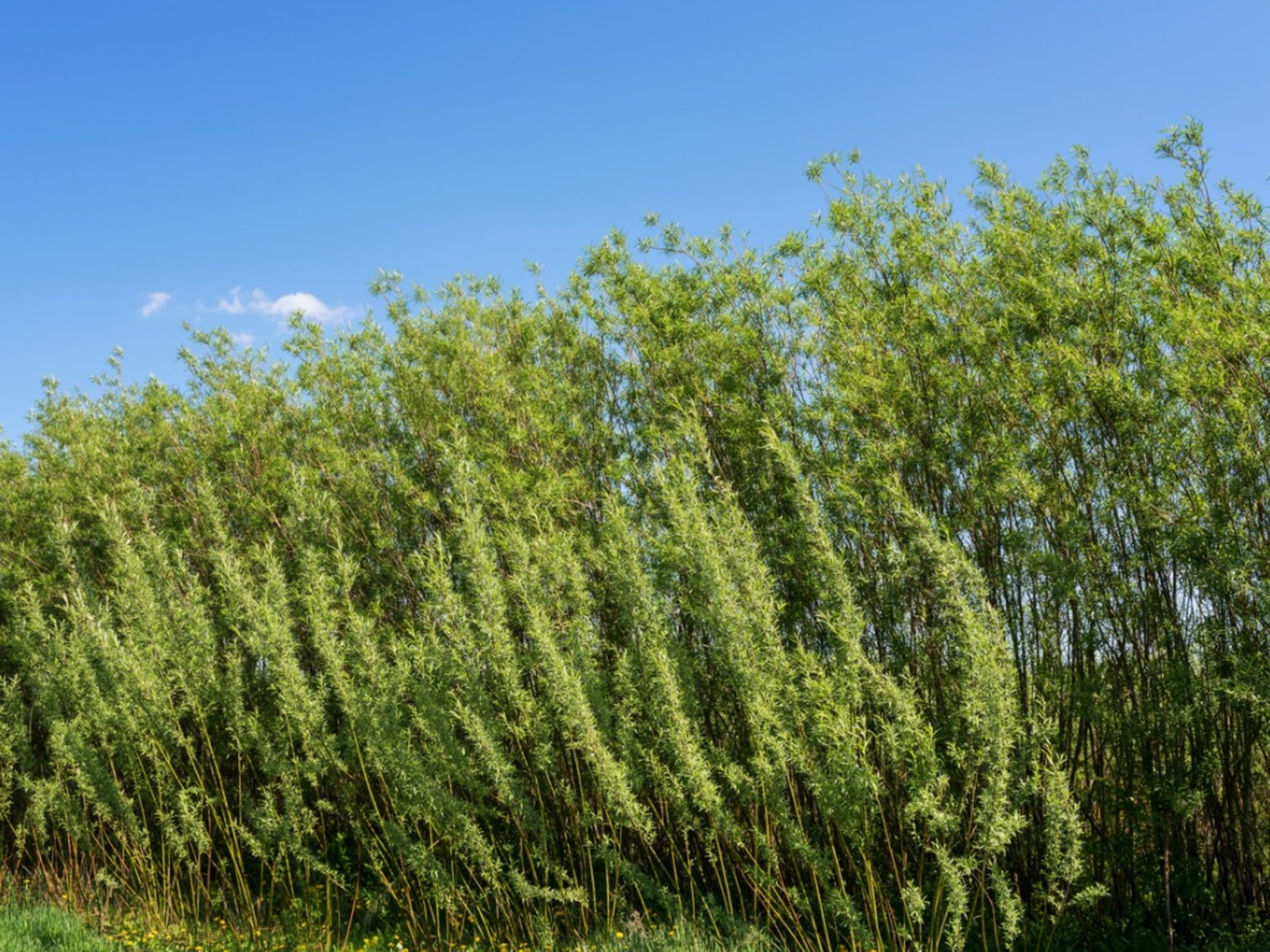 Living Willow Fence Ideas - Tips For Growing A Living Willow Fence
Living Willow Fence Ideas - Tips For Growing A Living Willow FenceCreating a living willow fence is an easy, inexpensive way to screen a view or divide garden areas. Read on to learn more.
By Susan Albert
-
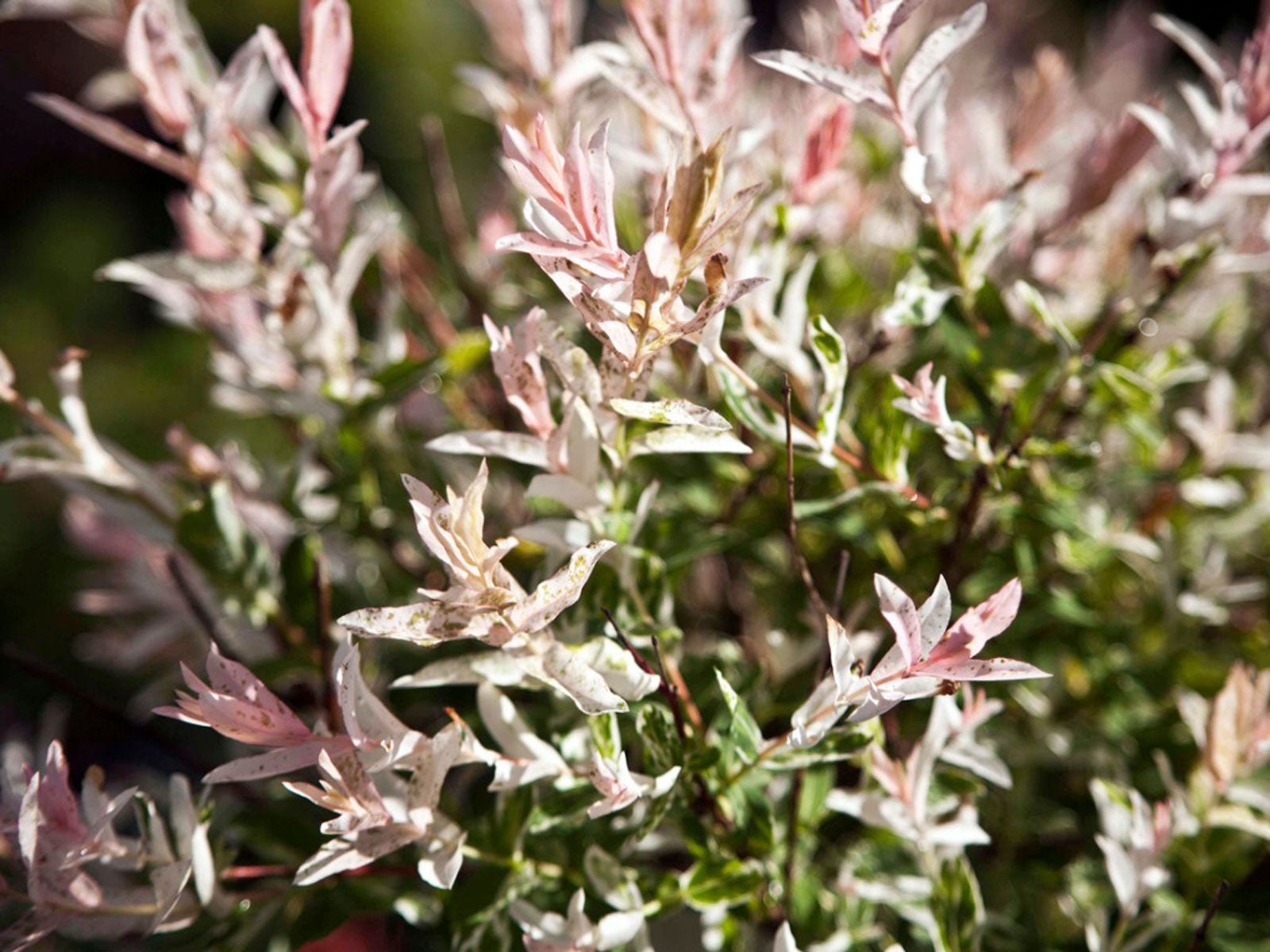 What’s Wrong With My Dappled Willow: Common Dappled Willow Problems
What’s Wrong With My Dappled Willow: Common Dappled Willow ProblemsDappled willow is one of the smaller members of the willow family. Although undemanding, it will occasionally see problems. Learn about them here.
By Teo Spengler
-
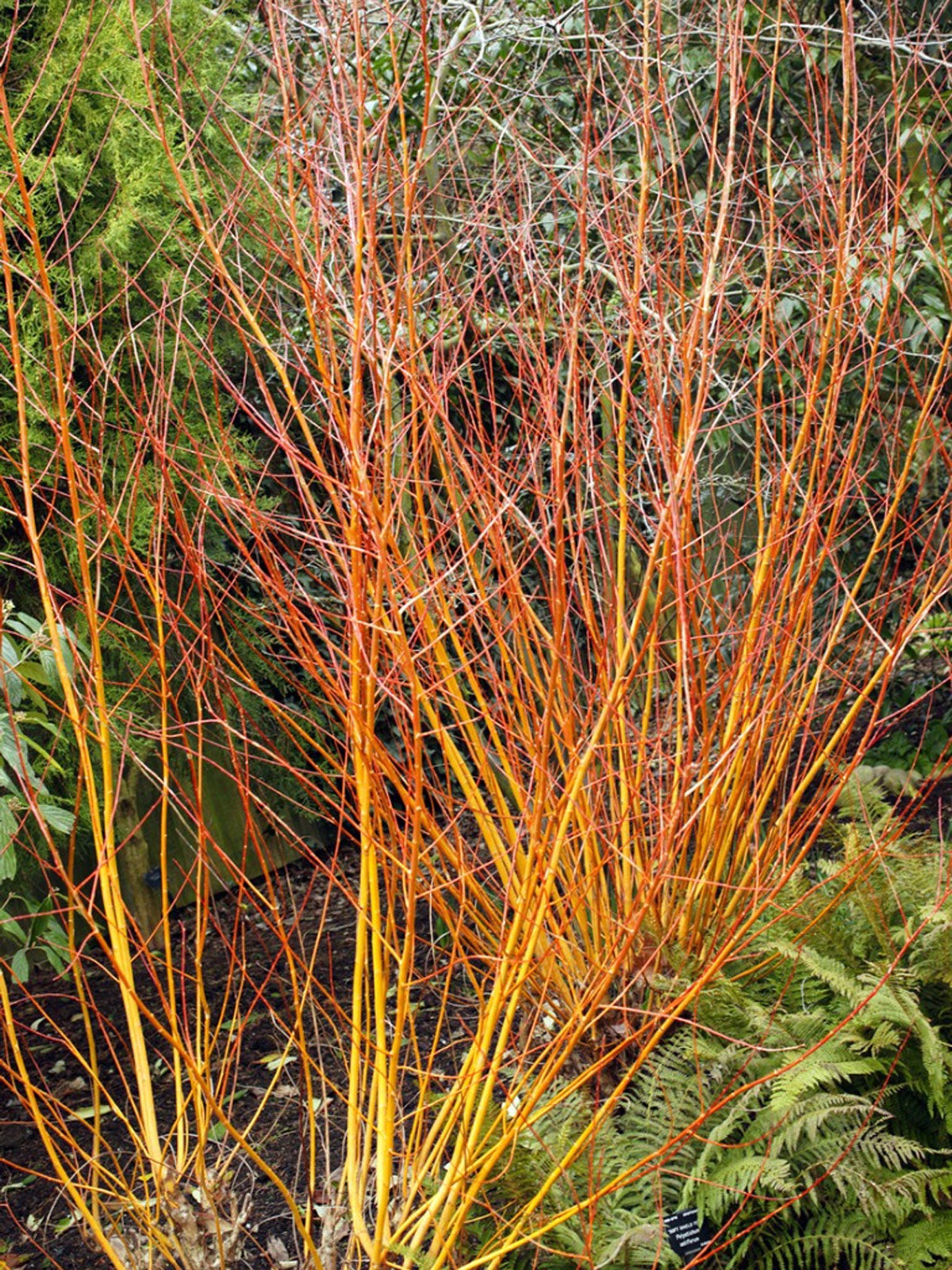 Coral Bark Willow Care – What Is A Coral Bark Willow Tree
Coral Bark Willow Care – What Is A Coral Bark Willow TreeFor lovely winter interest and nice summer foliage, you can’t go wrong with coral bark willow shrubs. Click here for tips on coral bark willow care.
By Teo Spengler
-
Peachleaf Willow Facts – Peachleaf Willow Identification And More
Few trees are easier to grow than native willows. Peachleaf willow trees are no exception. It’s not hard to identify peachleaf willows since they have leaves that look similar to the foliage of peach trees. Click here for peachleaf willow facts that describe this native tree.
By Teo Spengler
-
 Willow Varieties – Types Of Willow Trees To Grow In The Landscape
Willow Varieties – Types Of Willow Trees To Grow In The LandscapeIf you are curious about which willow varieties might work well in your yard or garden, you’ll need to start by figuring out how much room you have and what growing conditions you can offer. Click here for an overview of popular varieties of willows.
By Teo Spengler
-
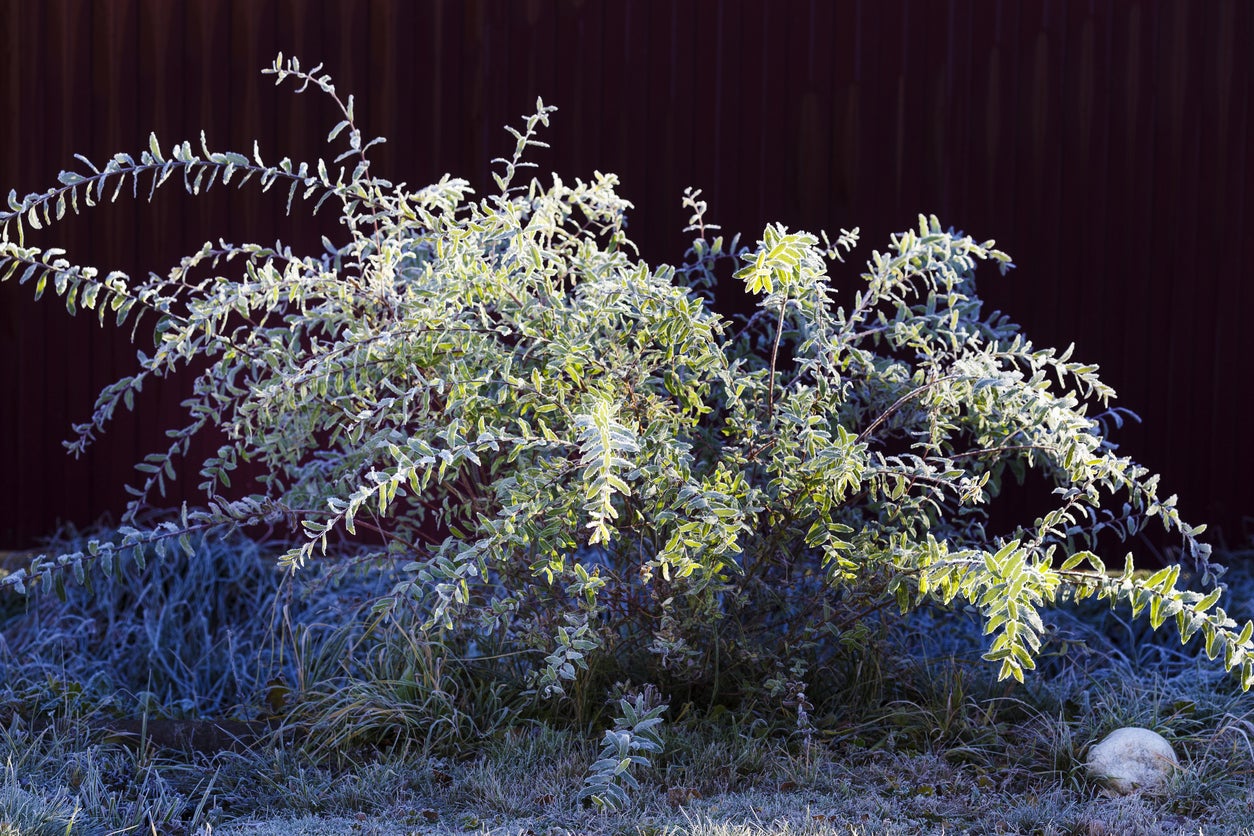 Pruning A Dappled Willow – How To Prune Dappled Willow Shrubs
Pruning A Dappled Willow – How To Prune Dappled Willow ShrubsThe dappled willow is a popular ornamental tree with a graceful weeping habit. Since this tree grows quickly, pruning a dappled willow is always an important part of the maintenance. Click here for information on dappled willow pruning.
By Teo Spengler
-
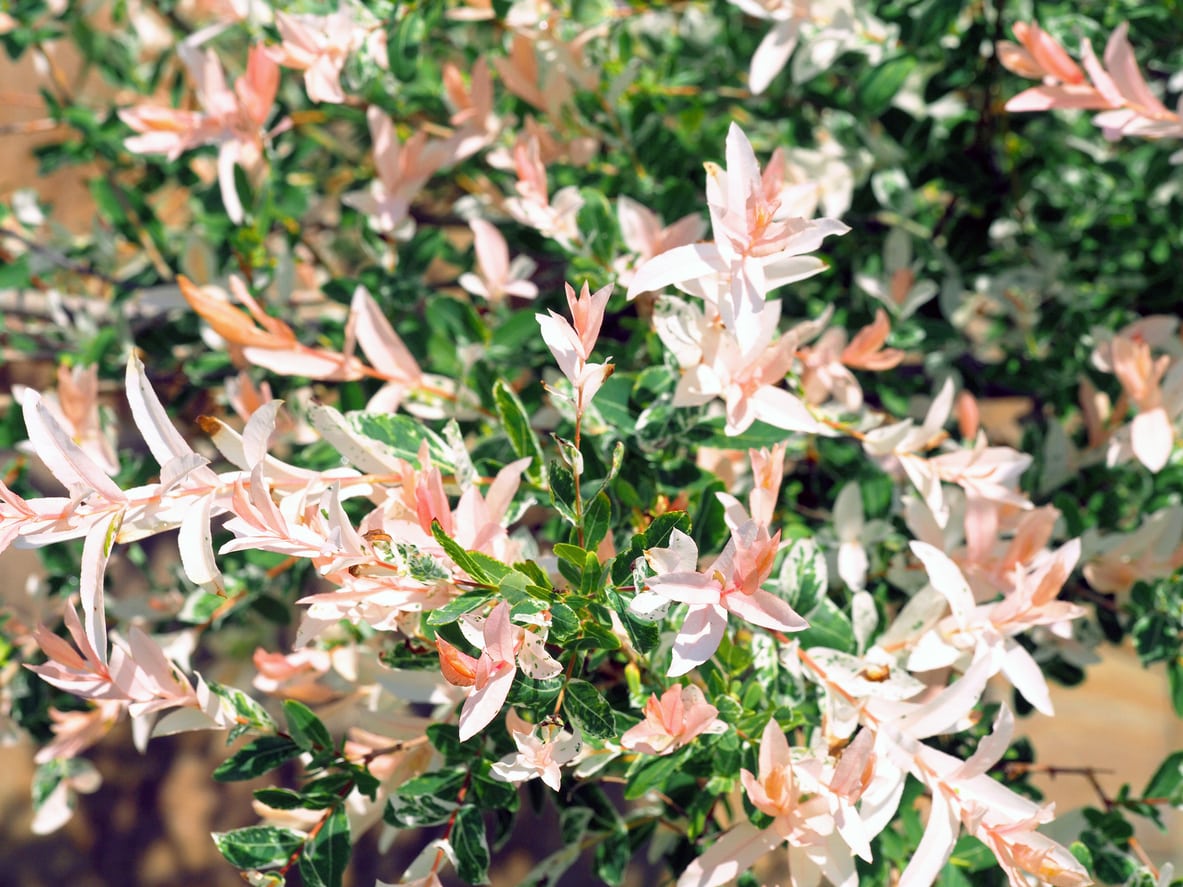 Japanese Willow Pruning – How To Cut Back A Japanese Willow Tree
Japanese Willow Pruning – How To Cut Back A Japanese Willow TreeLike most willows, Japanese willow trees grow extremely fast. Trimming Japanese willows is a chore you may have to do several times a year to keep the shape and size in check. Click this article to learn how to prune Japanese willows.
By Darcy Larum
-
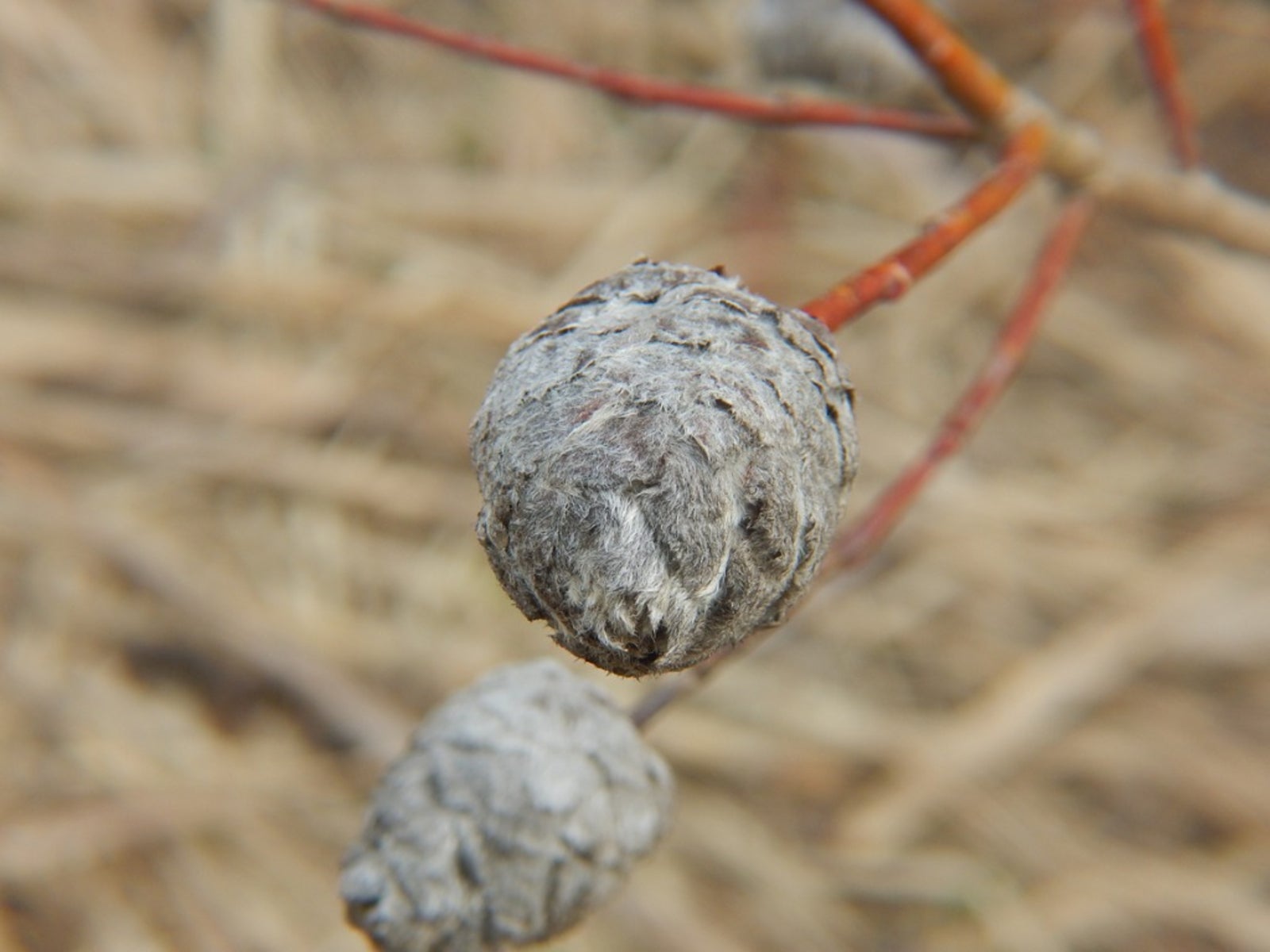 What Are Willow Galls: Learn About Galls On Willow Trees
What Are Willow Galls: Learn About Galls On Willow TreesWillow tree galls are unusual growths that appear on willow trees. You may see different varieties on leaves, shoots, and roots. The galls are caused by sawflies and other pests as well as bacteria and can look quite different depending on the pest causing them. Learn more here.
By Teo Spengler